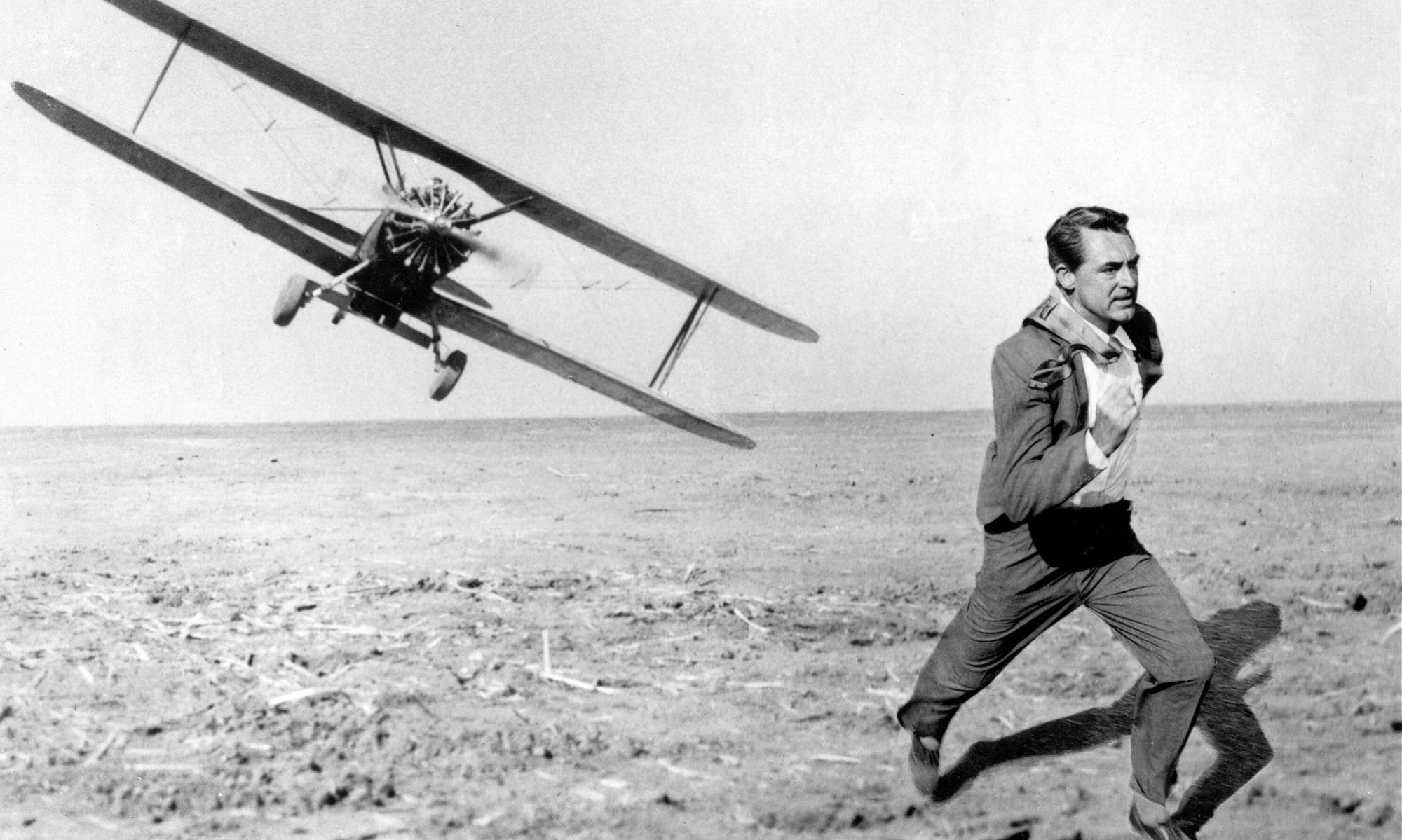When it’s on: Saturday, 6 June (1.05 am, Sunday)
Channel: BBC2
IMDb Link
I’ve mentioned before on these pages that the scheduling of late night classic horror on BBC2 comes as a very welcome thing, potentially introducing a new generation of viewers to golden age thrills and chills. The likes of Quatermass II (released as Enemy from Space in the USA) might be a minor footnote in the genre, surpassed at the time by the technicolor macabre treats of The Curse of Frankenstein, but as a piece of formative horror/science fiction cinema it has its place as an influential piece of work, its mixture of science, paranoia and subtle criticism leaking into the make-up of later productions. It was unavailable for many years. But, restored now, its place within the evolution of British cinema stands out, and it’s impossible to watch Doctor Who, for one celebrated example, without seeing the roots here.
Brian Donlevy – who last appeared on the site, in a younger and more villainous guise, in 1939’s Destry Rides Again – returned to the role of Quatermass, having played him previously in the highly profitable The Quatermass Xperiment. Both films were adaptations of the BBC serial, scripted by Nigel Kneale, who had a much bigger influence on this film. The name of the title character might have come almost randomly via a search through the London telephone directory, but he was very deliberately shaped as a credible man of science, an intellectual authority who possessed the imagination to take on new concepts in a rational way, such as the threat of alien invasion, which broadly covers the plot of both films. Donlevy’s Quatermass was, however, a departure from the television version, playing the character as little more than a superior bully who treats those around him like subordinates because he’s always one step ahead, seeing threats long before anybody else can fathom their existence. Kneale didn’t like this portrayal as it took its toll on Quatermass’s humanity and his appeal as a hero, but it did add gravitas to the character, making him more believable as a brilliant scientist who inspires others through sheer authority. That said, stories were rife of Donlevy acting via a constant supply of black coffee to fend off his considerable alcohol intake, rumours that each cup was laced with something stronger.
At the beginning of the film, Quatermass is in charge of a project that plans to send a rocket to the moon, carrying people who will colonise it. There’s even a rocketship on his base; absent, however, is the government funding. Quatermass soon finds out where the money is going, on a plant that looks identical to his own, based at Winnerden Flats. The area is of interest due to a prolonged meteor shower that has occurred there, and when Quatermass investigates he discovers they’re very far from rocks hurtling randomly to the earth’s surface. A colleague is unlucky enough to be holding one of the meteorites when it explodes in his face, releasing a gas that leaves him with a v-shaped mark on his face. Soldiers arrive and take the man away, ordering Quatermass to leave. A visit to Inspector Lomax (John Longden) sends him to Whitehall, from where he inveigles himself onto a guided tour of the mysterious facility. On the surface, it seems benign enough, but the tour guide is intent on nobody straying from the group, and Quatermass learns to his horror that unless he does he’ll never leave the place with his life.
They key to it all is a nearby town (in reality, Hemel Hempstead) built for the construction workers, which Quatermass visits and from where he recruits a boozy reporter (Sidney James) to get the word out about what’s really happening at Winnerden Flats. There’s an air of complacency about the community that Quatermass shatters with his arrival, but what’s really interesting about it is that it’s at the heart of the conspiracy he’s uncovering. The people are oblivious about what’s happening at the plant, and everything’s fine as long as they remain so, led by the community centre, which wants absolutely nothing to do with Quatermass’s concerns. The stink about the government driven imposed silence only grows as the people realise what is actually happening, leading to a posse of angry townspeople converging on the plant, a group containing Michael Ripper in one of his early, celebrated Hammer cameos. A barmaid (Vera Day) is injured when a meteor crashes inside the pub, and this turns the community’s mood to one of retribution, building to the climactic attack against the plant. Terrifyingly, people who have been ‘infected’ by coming into contact with the meteors all have scars on their skin, a visible sign that they aren’t what they used to be.
Despite the modest budget and special effects that are clearly dated, it’s a riveting picture, a British take on the paranoia-fuelled science fiction movies that America was putting out during the 1950s. Where the USA film industry played on people’s Cold War fears of a communist invasion through stories of hostile alien visitors (on this subject, I’m hoping to cover The Thing from Another World in a couple of days), Quatermass II concerns itself with a government riddled with secrecy that takes part in allowing the otherworldly villains to set themselves up in the country and build from there. Donlevy is great as the hero, not very likeable yet still effective in leading the fightback from ordinary people. The Shell Haven oil refinery in Essex doubled as the alien plant, with matte paintings also used for the more ‘alien’ areas.
Quatermass II is a little gem of a picture, much cleverer than it appears to be both as an exercise in mounting fear and a barometer of contemporary moods. It’s highly recommended.
Quatermass II: ****







